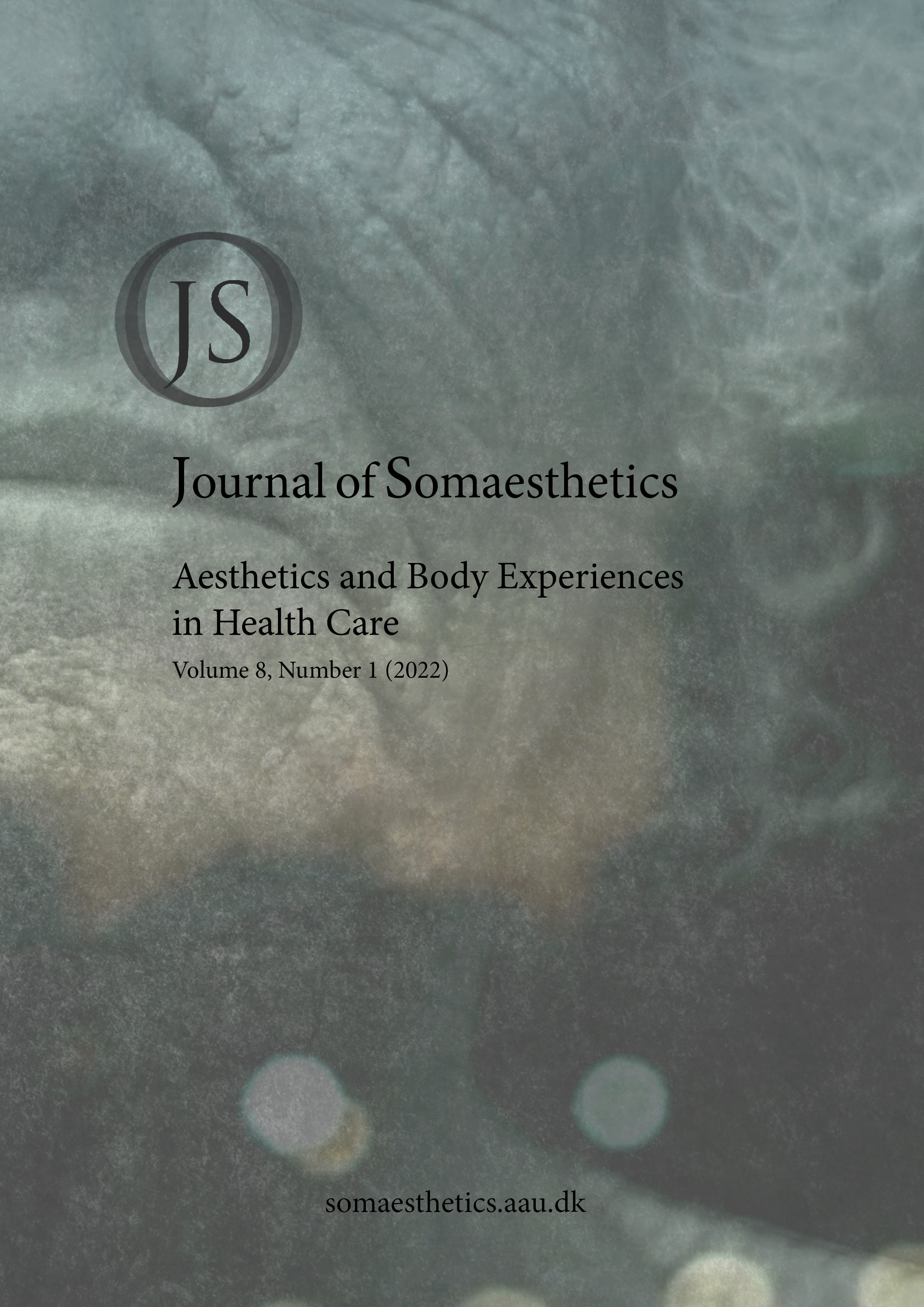Somaesthetics in early Korean history
The educational scope of the hwarang
Abstract
This paper is concerned with first, reviewing hwarang in early Korean history through the eyes of somaesthetics, and second examining the educational implications of hwarang. Hwarang’s features (aesthetic ideology called pungryudo, their core activities, including songs and journeys) are highlighted from the perspective of somaesthetics. At the core of the hwarang’s activities are such elements as entertainment, pleasure, and joy. In the context of today’s education, the hwarang and somaesthetics promote the insight that one’s intellectual and practical life is integrated into one’s lifestyle based on these bodily experiences.
Downloads
Published
Issue
Section
License
Copyright (c) 2022 Jiyun Bae

This work is licensed under a Creative Commons Attribution-NonCommercial-NoDerivatives 4.0 International License.
Articles published in The Journal of Somaesthetics are following the license Creative Commons Attribution-NonCommercial-NoDerivs 4.0 Unported (CC BY-NC-ND 4.0). Authors retain copyright and grant the journal right of first publication with the work simultaneously licensed under a Creative Commons Attribution License: Attribution - NonCommercial - NoDerivs (by-nc-nd). Further information about Creative Commons
If excerpts, tables, figures, charts, artwork or photographs from other copyrighted works are included in an article, it is the author’s responsibility to obtain written permission from the copyright owners and credit the source’s in the article and citation list.


